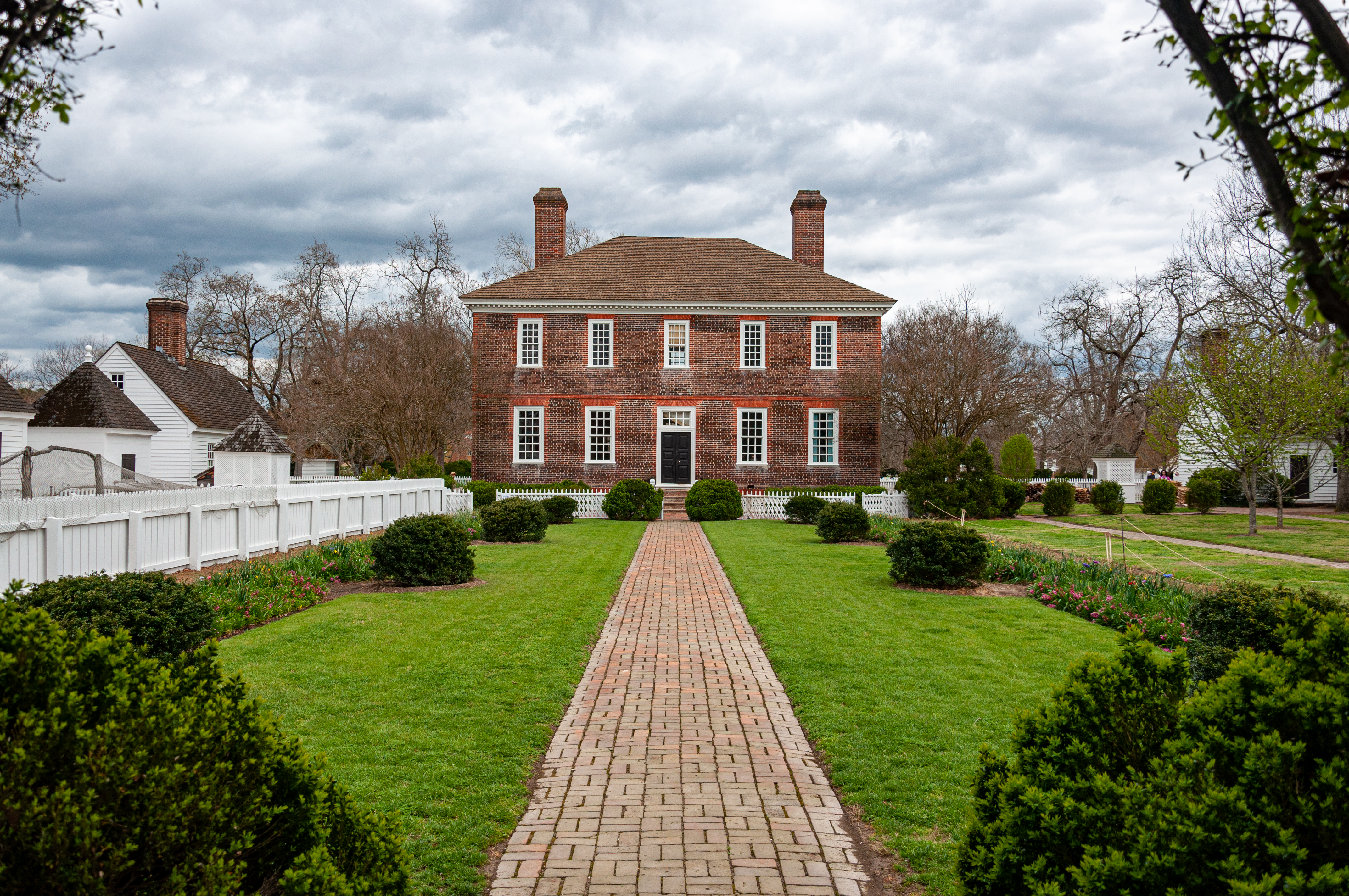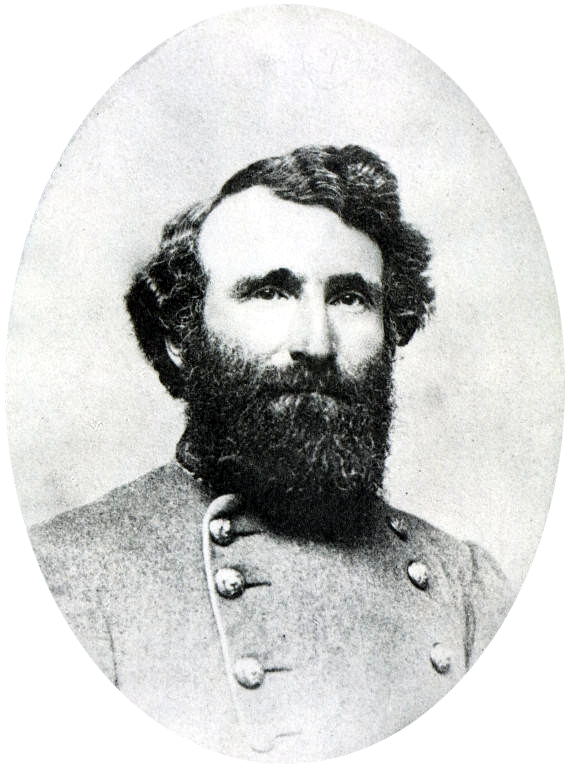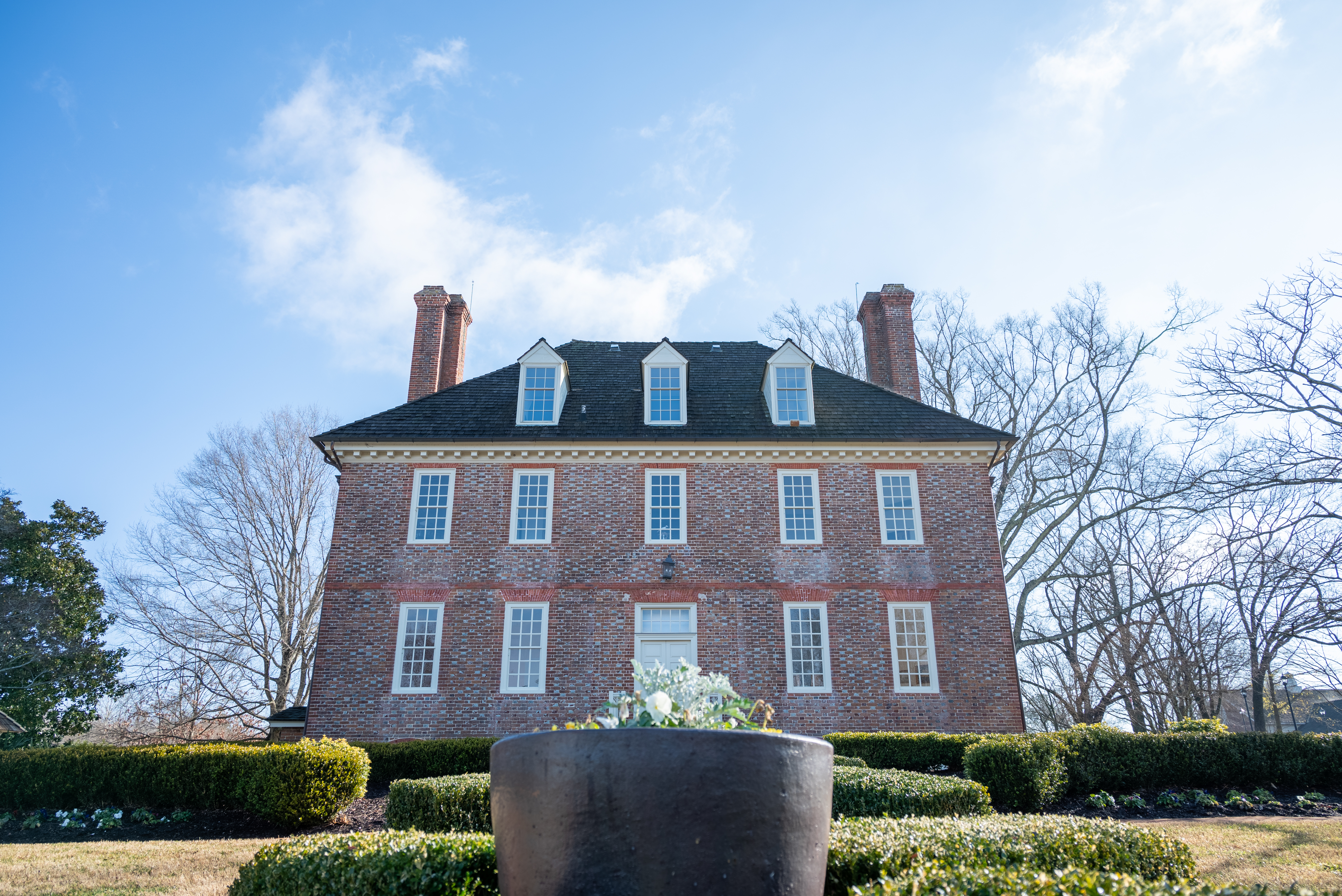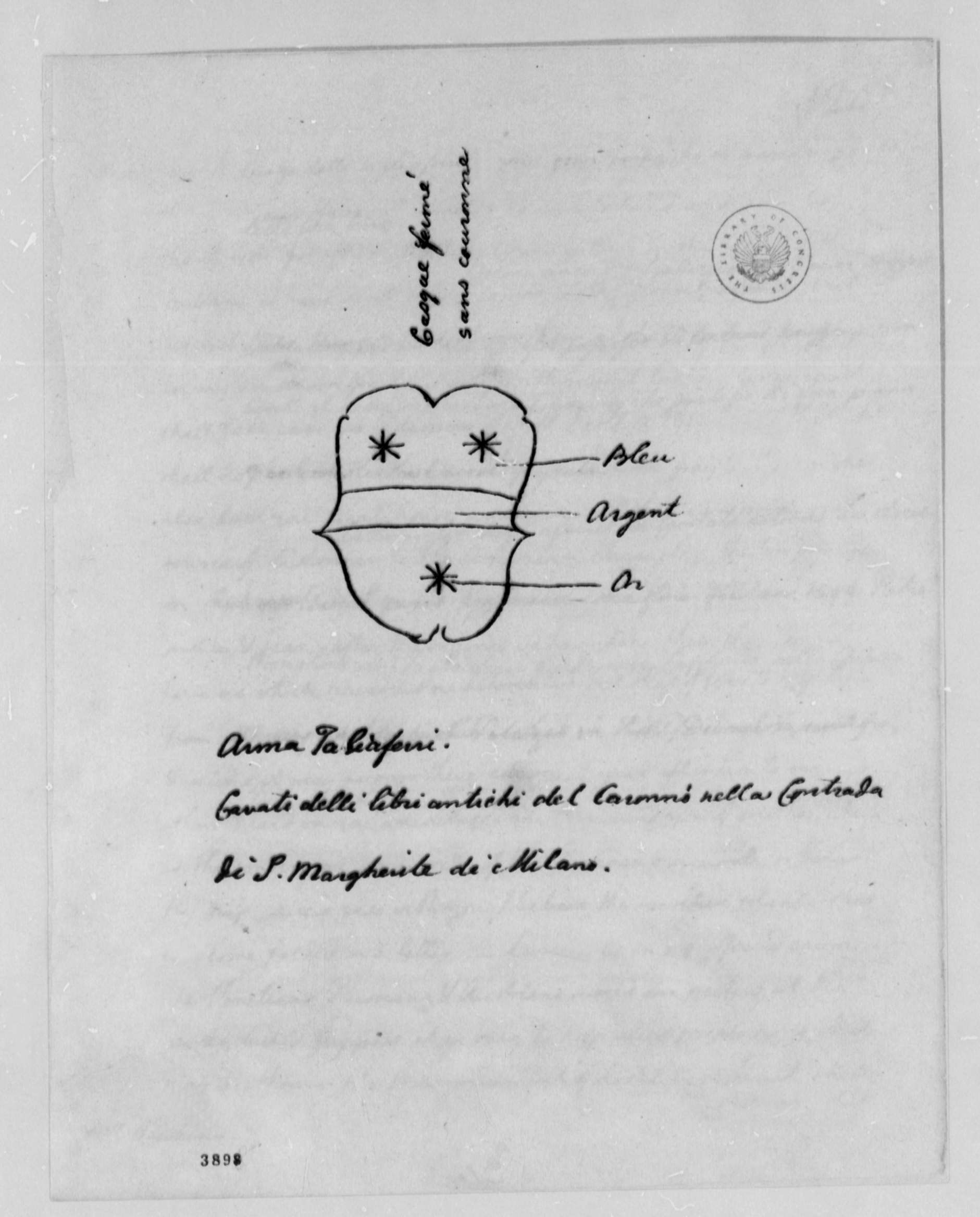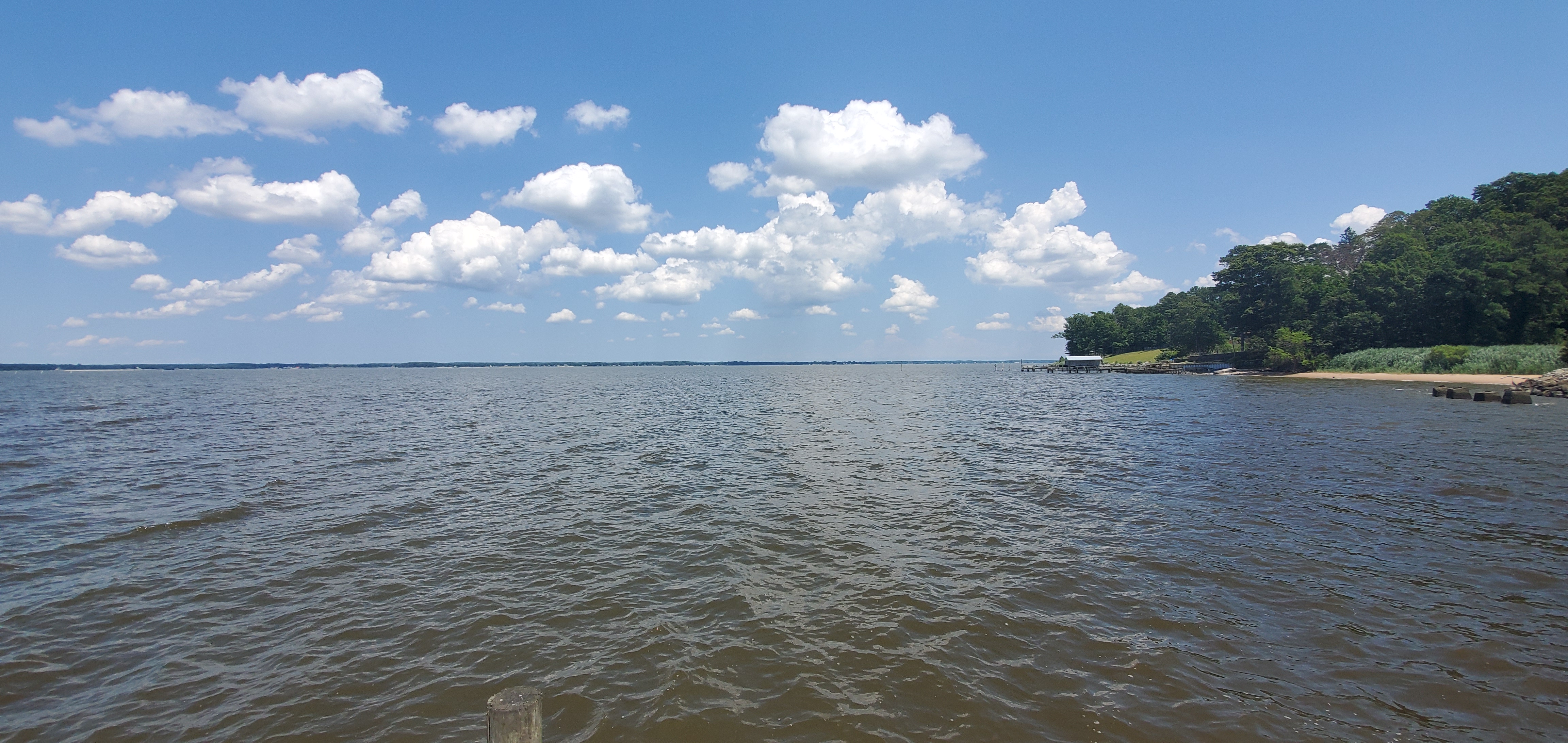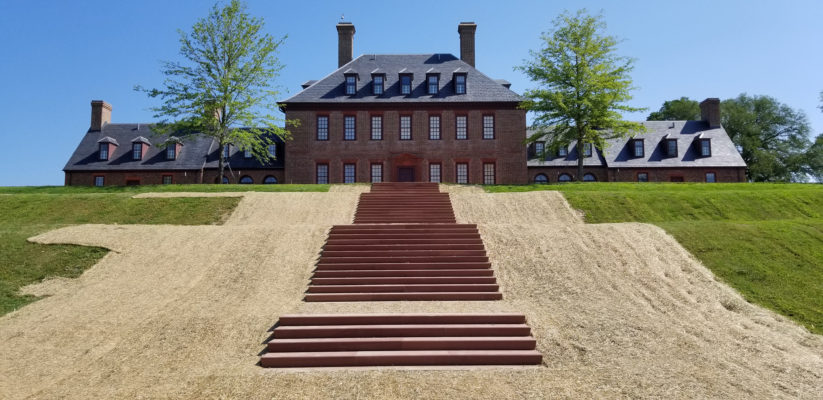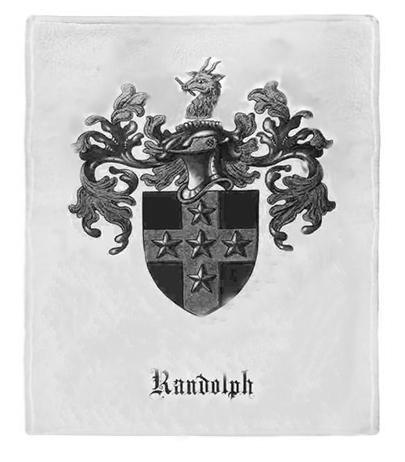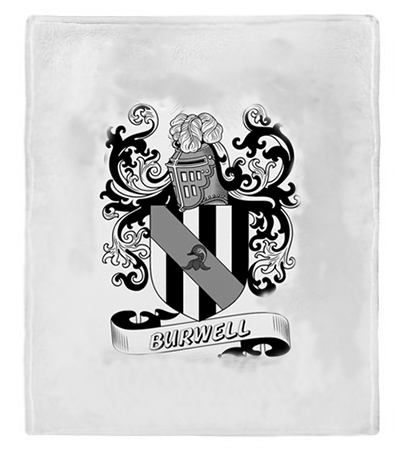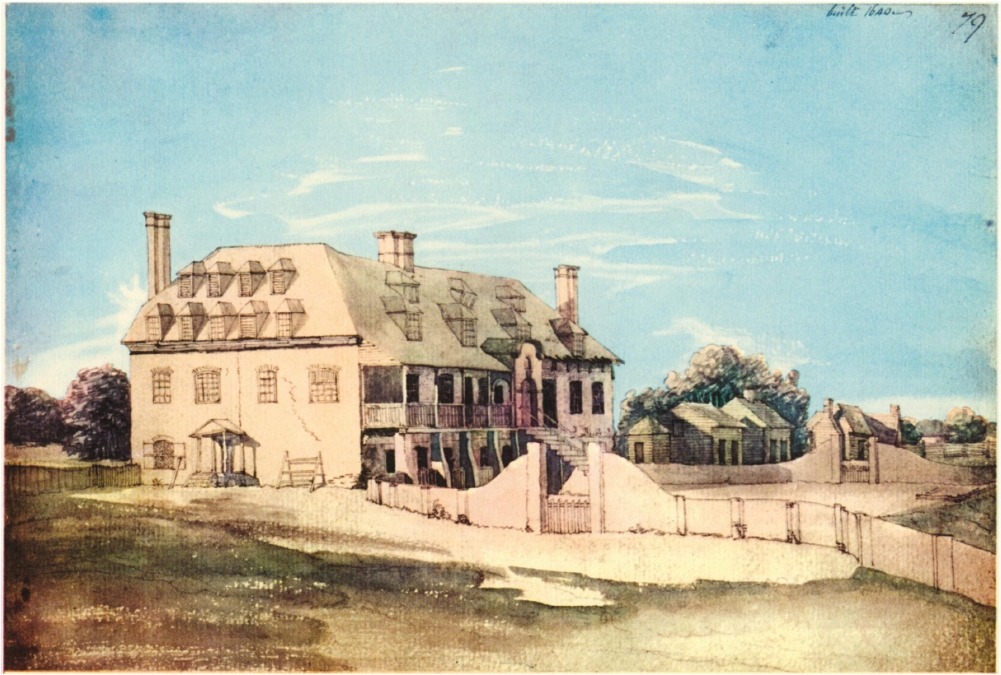I suppose superlatives become cliche, or at least they’re overused when discussing Virginia’s leading colonial dynasties. The Randolph family, however, deserves those superlatives just as much as any of the preceding families that we’ve discussed in this series, if not more. They were an immense family that impacted Virginia and the United States in such a way that few others, even from this series, can claim.
William Randolph of Turkey Island is often credited as being the first Randolph to immigrate, but he followed his uncle, Henry, who was already established in the colony. Henry Randolph came to Virginia and soon settled just west of Bermuda Hundred on Swift Creek in today’s Colonial Heights in the early 1640s. From there Henry got involved in mid-17th Century Virginia politics, where he rubbed shoulders with all of the colony’s leading men, he even married one of their daughters when he wed Henry Soane’s daughter Judith.
Henry continued to expand his footprint throughout the 1650s and 1660s. He became friend with Sir William Berkeley, was involved in rewriting Virginia’s legal codes, and built one of the colony’s first grist mills at Swift Creek. Newly found wealth allowed Henry to return to England in the late 1660s, where he convinced his nephew William to join him in the New World.
William accompanied his uncle’s trip back to Virginia, and settled near him along the James River’s Curls section. It was from here that William Randolph earned his name as being from Turkey Island, and from here that an enormous family grew into being one of Virginia’s largest. Largest didn’t always mean best, as the family has a few interesting characters dotting the history books, but the Randolphs have do have some of American History’s stalwarts.
This First Family of Virginia episode takes a look into the Randolph patriarch’s life, and then summarily dives into some of those characters and stalwarts. Find the links below.
LINKS TO THE PODCAST:

Wilton Manor House

Tazewell Hall

William Randolph House at Colonial Williamsburg

Dungeness Marker

Tuckahoe Plantation

Randolph Family Tree

Mary Isham Randolph

Swift Creek Mill

Turkey Island Marker

William Randolph of Turkey Island
SOURCES:
-
Anderson, Jefferson Randolph. “TUCKAHOE AND THE TUCKAHOE RANDOLPHS.”
Register of Kentucky State Historical Society, vol. 35, no. 110, 1937, pp. 29–59.
JSTOR,
www.jstor.org/stable/23371542.
-
Jefferson Randolph Anderson. “Supplement to Tuckahoe and the Tuckahoe Randolphs: As Appearing in the Virginia Magazine of History and Biography, Vol. XLV: No. 1, January, 1937.”
The Virginia Magazine of History and Biography, vol. 45, no. 4, 1937, pp. 392–405.
JSTOR,
www.jstor.org/stable/4244824.
- Billings, Warren M.; Selby, John E.; and Tate, Thad W. Colonial Virginia: A History. White Plains, NY: KTO Press. 1986.
- Billings, Warren M. Sir William Berkeley and the Forging of Colonial Virginia. Baton Rouge, LA: LSU Press, 2004.
- Billings, Warren. A Little Parliament: The Virginia General Assembly in the Seventeenth Century. Richmond, VA: Library of Virginia, 2004.
-
Brock, R. A. “Virginia Randolphs–Arms and English Descent.”
The William and Mary Quarterly, vol. 25, no. 2, 1916, pp. 133–134.
JSTOR,
www.jstor.org/stable/1915198.
- Bruce, Phillip Alexander. Social Life of Virginia in the Seventeenth Century: An Inquiry into the Origin of the Higher Planting Class. New York: JP Bell Company, 1927.
- Cowden, Gerald Steffens, “The Randolphs of Turkey Island : a prosopography of the first three generations, 1650-1806” (1977). Dissertations, Theses, and Masters Projects. Paper 1539623707
- Dabney, Virginius. Virginia: The New Dominion, A History from 1607 to the Present. Charlottesville, VA: University of Virginia Press, 1971.
- Daniels, Jonathan. The Randolphs of Virginia. New York: Doubleday, 1972.
- Eckenrode, H.J. Indianapolis, IN: The Bobbs Merrill Company, 1946
- Evans, Emory G. A “Topping People”: The Rise and Decline of Virginia’s Old Political Elite, 1680-1790. Charlottesville, VA: UVA Press, 2009.
- Fischer, David Hackett.
- Freeman, Douglas Southall. George Washington: A Biography. New York: Charles Scribners, 1957. (Specifically Volume 1).
- Horn, James. Adapting to A New World: English Society in the Seventeenth-Century Chesapeake. Chapel Hill, NC: University of North Carolina Press, 1994.
- Mapp, Alfred J. Virginia Experiment: The Old Dominion’s Role in the Making of America, 1607-1781. Lincoln, NE: iUniverse, Inc., 2006.
- McCartney, Martha W.
- Meade, William. Philadelphia: J.B. Lippincott, 1891.
- Neill, Edward D. Virginia Carolorum: The Colony under the Rule of Charles The First and Second, A.D. 1625-A.D. 1685. Albany, NY: Joel Munsell’s and Sons, 1886.
- Paxton, William McClung.
- Pecquet du Bellet, Louise. Some Prominent Virginia Families, 4 Volumes. Lynchburg, VA: J.P. Bell Company, 1907.
-
Ramage, C. J. “Randolph.”
The Virginia Law Register, vol. 8, no. 6, 1922, pp. 415–418.
JSTOR,
www.jstor.org/stable/1105871.
- Randolph, Wassell. Henry Randolph I, 1623-1773 [sic] of Henrico County, Virginia, and his descendants. Preceded by short review of the Randolph family in early England and elsewhere. Memhis, TN: Cossitt Library, 1952.
- Randolph, Wassell. William Randolph I of Turkey Island, Henrico County, Virginia, and his Immediate Descendants. Memphis, TN: Cossitt Library, 1949.
- Rothbard, Murray N. Conceived in Liberty. Auburn, AL: Ludwig Von Mises Institute, 1999.
- Stanard, W. G. “Randolph Family.” The William and Mary Quarterly, vol. 8, no. 2, 1899, pp. 119–122. JSTOR, www.jstor.org/stable/1915915.
- Swartz, James Eldred, “William Randolph, of Turkey Island, Progenitor of a Famous Family” (1942). Dissertations, Theses, and Masters Projects. Paper 1539624465.
-
Taylor, Tess. “Remembering the Randolphs: A Genealogy in Thirteen Meditations.”
The Virginia Quarterly Review, vol. 89, no. 3, 2013, pp. 56–69.
JSTOR,
www.jstor.org/stable/26447054.
- Tyler, Lyon Gardiner. The Cradle of the Republic: Jamestown and the James River. Richmond, VA: The Hermitage Press, 1906.
- Walsh, Lorena S. Motives of Honor, Pleasure, and Profit: Plantation Management in the Colonial Chesapeake, 1607-1763. Chapel Hill, NC: University of North Carolina Press, 2010.
- Washburn, Wilcomb E. Virginia Under Charles I and Cromwell 1625-1660. Kindle Edition.
- Wertenbaker, Thomas Jefferson. Virginia Under the Stuarts: 1607-1688. New York: Russell and Russell, 1959.
- Wertenbaker, Thomas Jefferson. The Planters of Colonial Virginia. Kindle Edition.
- Wright, Louis B. First Gentlemen of Virginia. Charlottesville, VA: Dominion Books, 1982.
-
“Descendants of Henry Randolph.”
The William and Mary Quarterly, vol. 4, no. 2, 1895, pp. 125–127.
JSTOR,
www.jstor.org/stable/1915057.
-
Robert Isham Randolph. “The Sons of Isham Randolph of Dungeness.”
The Virginia Magazine of History and Biography, vol. 45, no. 4, 1937, pp. 383–386.
JSTOR,
www.jstor.org/stable/4244820.
Special Links:

Fort Chiswell Mansion

Opening of the 1st Continental Congress

Edmund Randolph as member of Washington’s Cabinet

Former Edmund Randolph home in Richmond, VA

Cartoon depicting the needed State votes to Ratify the US Constitution

John Randolph of Roanoke

First Page of the Virginia Ratification Convention

Peyton Randolph

St. George Tucker House, Colonial Williamsburg

Peyton Randolph House, Colonial Williamsburg
All photography used on this site is owned and copyrighted by the author unless otherwise noted. The Featured Image is of the Randolph Family Crest. All Randolph Portraits as well as Swift Creek Mill are from Wikimedia Commons. The Turkey Island Mansion Marker and The Dungeness Marker are both from hmdb.org. Tazewell Hall is located at Skinner Family Papers. The Randolph Family Tree is located in Tess Taylor’s article, found in the Bibliography above. The Prayer in the First the First Congress, A.D. 1774 can be found at Boston Tea Party Ship. Edmund Randolph’s former home was accessed at RV Hub. The Virginia Ratification Convention Cartoon is part of Historically Thinking’s Shownotes page for Episode 78. Lastly, Edmund Randolph as Member of Washington’s Cabinet is found at the American Herigate.
Music used for this episode – Louis Armstrong and the Mills Brothers,”Carry Me Back to Old Virginia” available on Apple Music, and “The Stubborn Mule” by The East Pointers also available on Apple Music.












